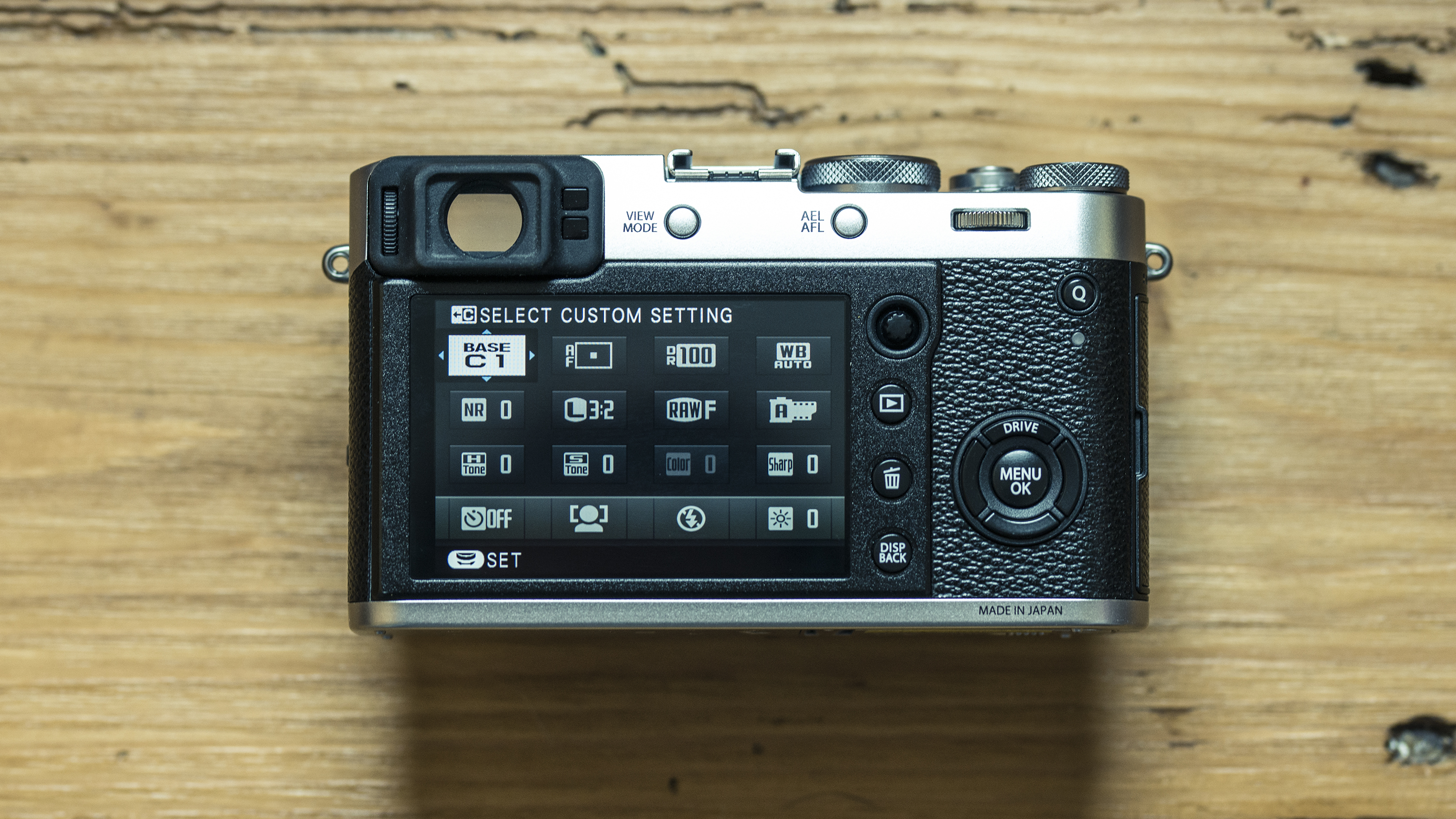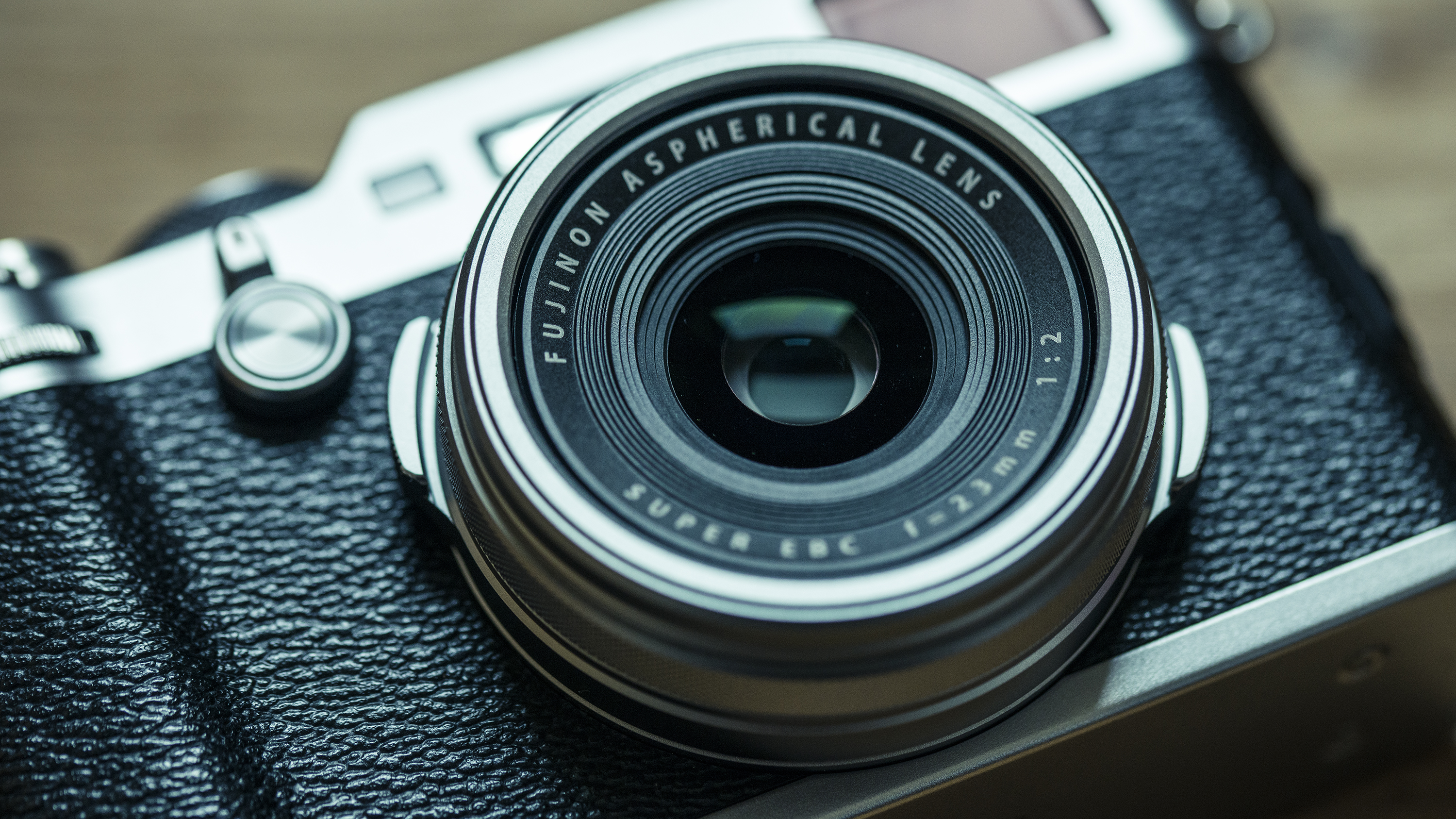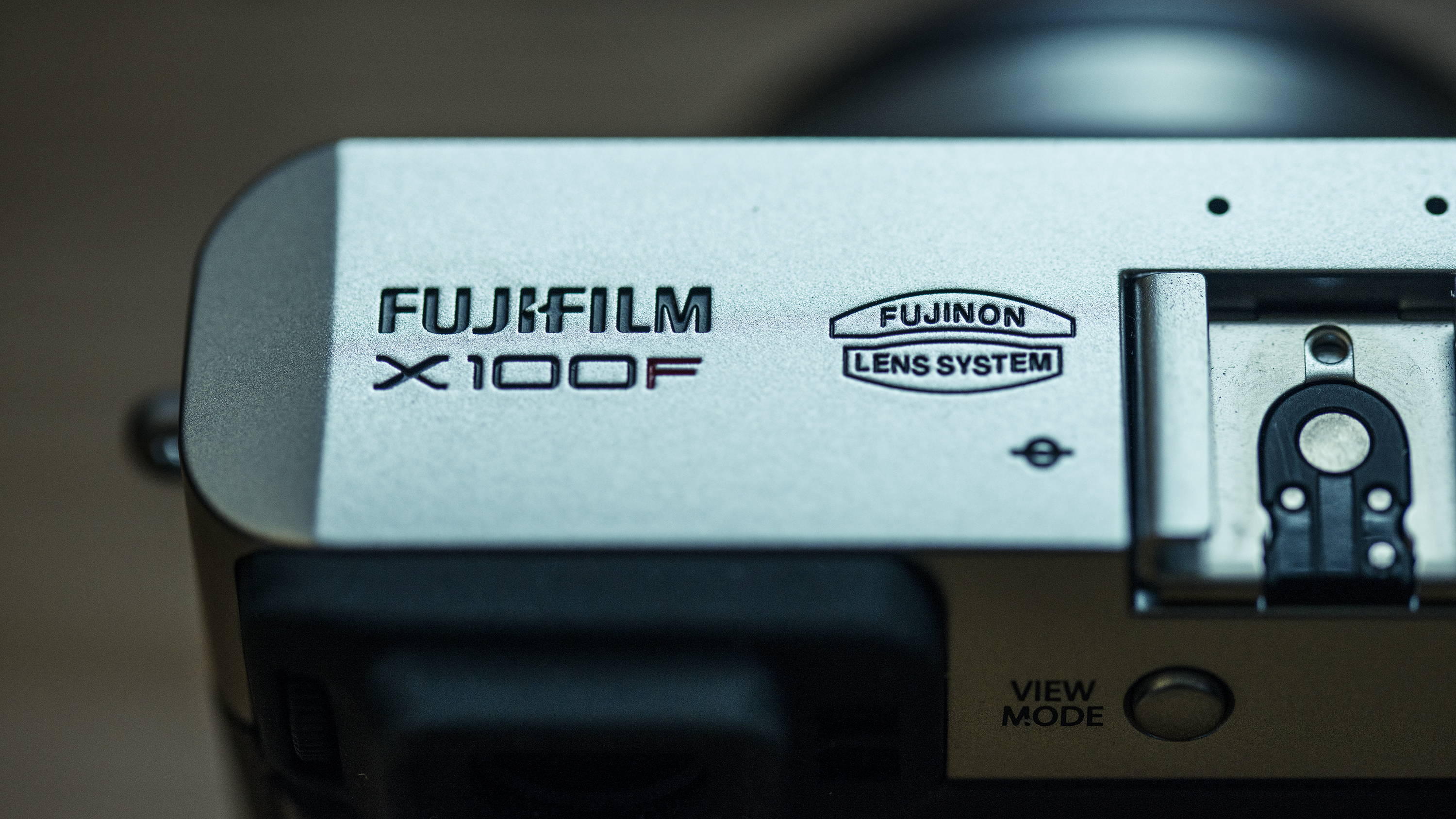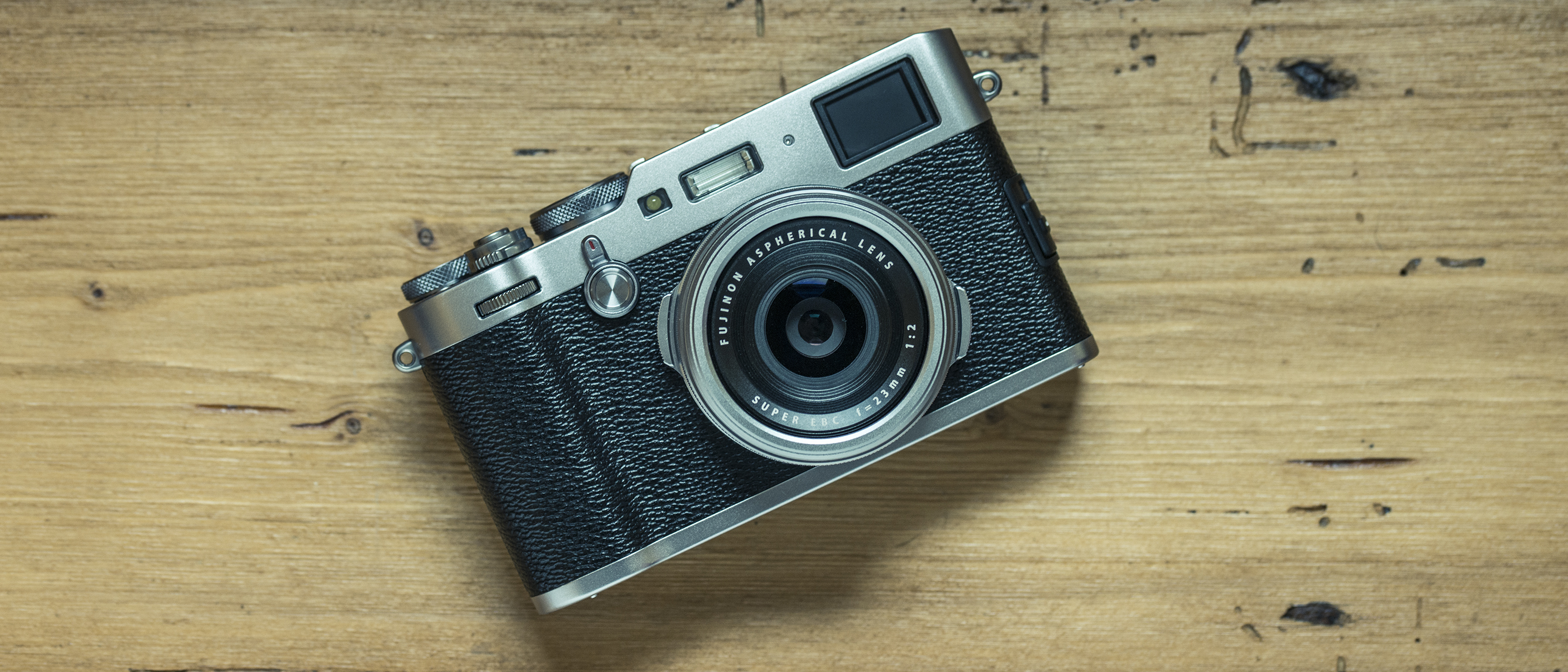TechRadar Verdict
With the X100F, Fujifilm has pretty much made the perfect enthusiast compact camera. While on the face if it little appears to have changed, the X100F heralds the biggest set of improvements yet, making the X100F the camera we always wanted the X100 to be. It may be a touch pricey, but there's nothing quite like it – it's an exquisite camera to look at and to shoot with.
Pros
- +
Beautiful design
- +
Hybrid viewfinder
- +
Excellent image quality
- +
Bigger battery
- +
Film simulation modes
Cons
- -
ISO dial not that practical
- -
1080p video only
Why you can trust TechRadar
Fujifilm’s original X100 heralded a new era for the company back in 2011, with its retro-inspired design and tactile controls really capturing the imagination of enthusiast and professional photographers alike.
The first X-series camera, the X100, signalled a sea-change for Fujifilm, beginning its transition from a company that produced an array of forgettable compact cameras to one that now makes some of the most desirable cameras out there.
Since then we’ve had two more iterations of the X100, the X100S and X100T, which refined and overcome some of the quirks of that original camera, and to these we can now add the X100F.
So, six years on from the X100, does the Fujifilm X100F still have that special something to get photographers excited?
Features
- APS-C X-Trans CMOS III sensor, 24.3MP
- 3.0-inch screen, 1,040,000 dots
- Hybrid viewfinder
As we’ve seen with the company's latest generation of cameras, like the X-T2 and X-T20, the Fujifilm X100F takes advantage of the firm’s 24.3MP X-Trans CMOS III sensor. It brings a welcome boost in resolution from the 16MP sensor in the X100S and X100T, along with an equally welcome improvement to the camera’s sensitivity range.
The standard ISO range now covers 200-12,800 (bettering the X100T’s limit of ISO6400), with an expanded range of 100-51,200. Further good news is that the expanded settings no longer restrict you to shooting JPEG-only, with raw capture now possible as well.

One of the hallmarks of the X100 series has been the clever hybrid viewfinder, which offers photographers the option of shooting in either optical or electronic modes.
The fully electronic view is rendered via the large 2.36 million-dot OLED display, which gives you a clear view of exposure, white balance, composition and a host of other shooting info, while the bright optical viewfinder provides a more traditional alternative. If you’re focusing on objects near to the camera in optical mode the Real Time Parallax Correction function will kick in, and shift the frame guides to enable assured framing.
One of the hallmarks of the X100 series has been the clever hybrid viewfinder
If you want the best of both worlds though, it’s possible to get an electronic preview in the bottom right-hand corner of the optical viewfinder. This provides a magnified view for checking focus, but new to the X100F is the ability to show the whole frame, should you want to verify exposure and framing. Changing the view is done simply by tapping the rear command dial.
The rear display remains the same – a decent-sized 3.0-inch fixed display with a 1,040,000 dot resolution, although Fujifilm has opted to shun a touchscreen in this instance.

The lens also remains the same as on previous models, with the X100F sporting a compact 23mm (equivalent to 35mm) f/2 prime lens. If that feels a little restrictive, then to ease the pain there are a couple of dedicated lens converters: the TCL-X100 II and WCL-X100 II, equivalent to 50mm and 28mm, while the ‘II’ designation signifies that the X100F will automatically notice whether either adapter is attached and will correct for any aberrations.
If you’re thinking of upgrading from a previous model and want to use your first-generation converters, don’t worry – you’ll simply have to dive into the X100F’s menu to tell the camera what’s mounted on the front.

If you’re wanting to take advantage of Lee Filter’s compact Seven5 filter system or similar, you’ll need to invest in Fujifilm’s AR-X100 adapter ring, which has a 49mm thread. If you want the combined lens hood as well, the two will set you back around £69/$65, or alternatively you can get some great imitations on Amazon for a fraction of the price; we’ve used them in the past, and we’ve struggled to tell them apart from the official Fujifilm versions.
The X100 series has never be a videographers go-to camera, and the X100F is unlikely to change that. While we’ve seen 4K capture featured on both the X-T2 and X-T20, the X100F sticks with Full HD capture, shooting at up to 60p.
There’s no NFC communication or low-energy Bluetooth connectivity here either, but the X100F is Wi-Fi enabled, and when used with the compatible app this allows for transfer of images and remote shooting.
Phil Hall is an experienced writer and editor having worked on some of the largest photography magazines in the UK, and now edit the photography channel of TechRadar, the UK's biggest tech website and one of the largest in the world. He has also worked on numerous commercial projects, including working with manufacturers like Nikon and Fujifilm on bespoke printed and online camera guides, as well as writing technique blogs and copy for the John Lewis Technology guide.

